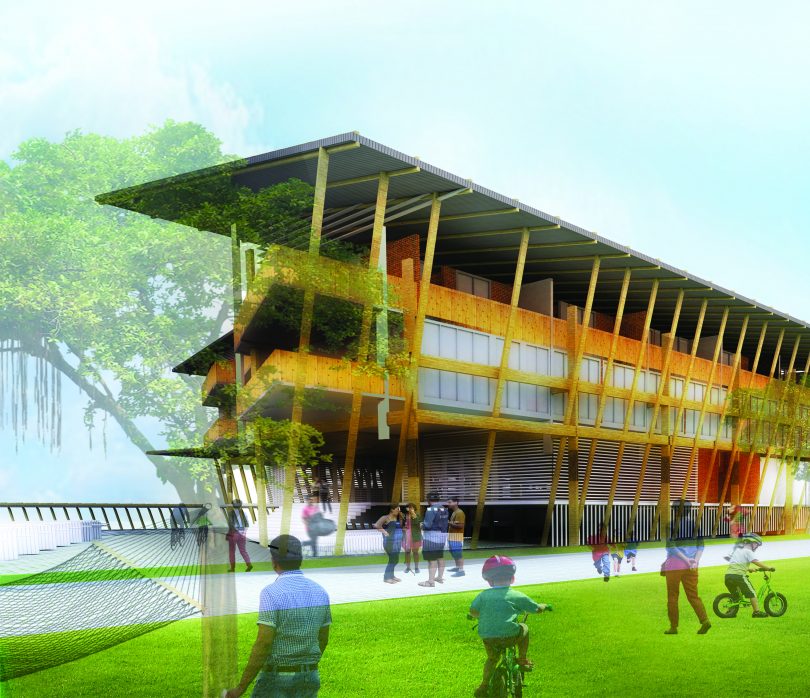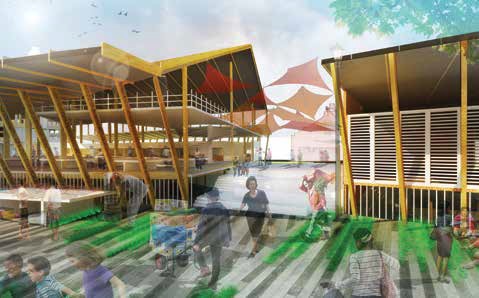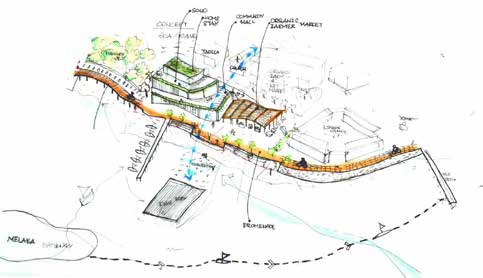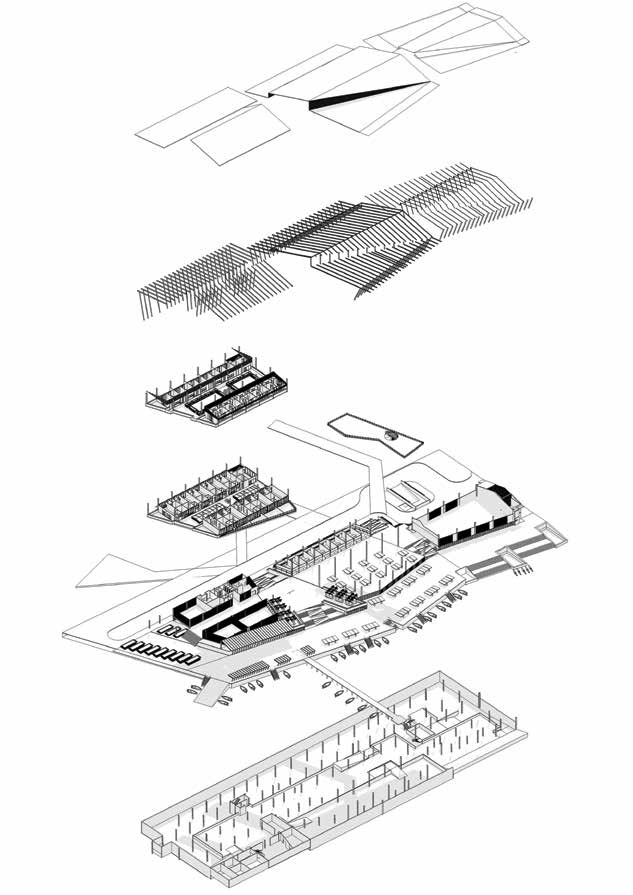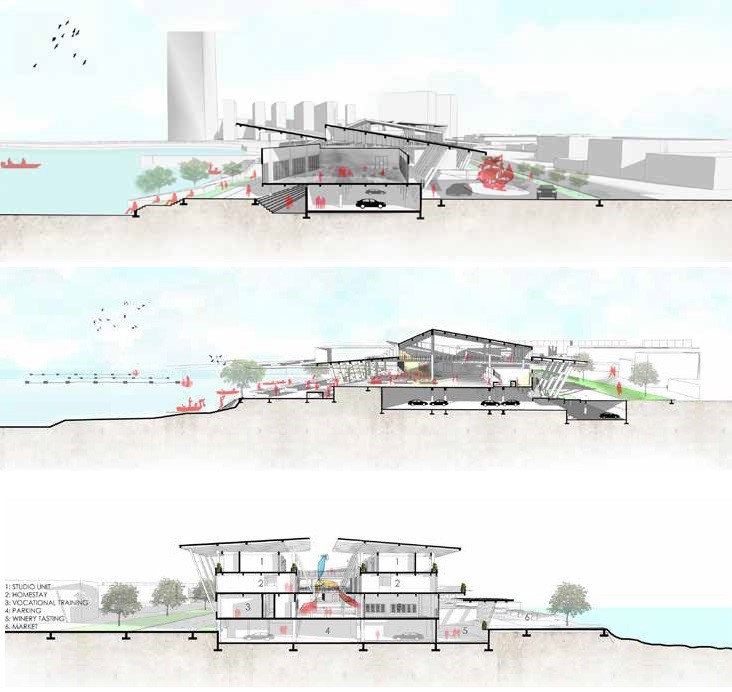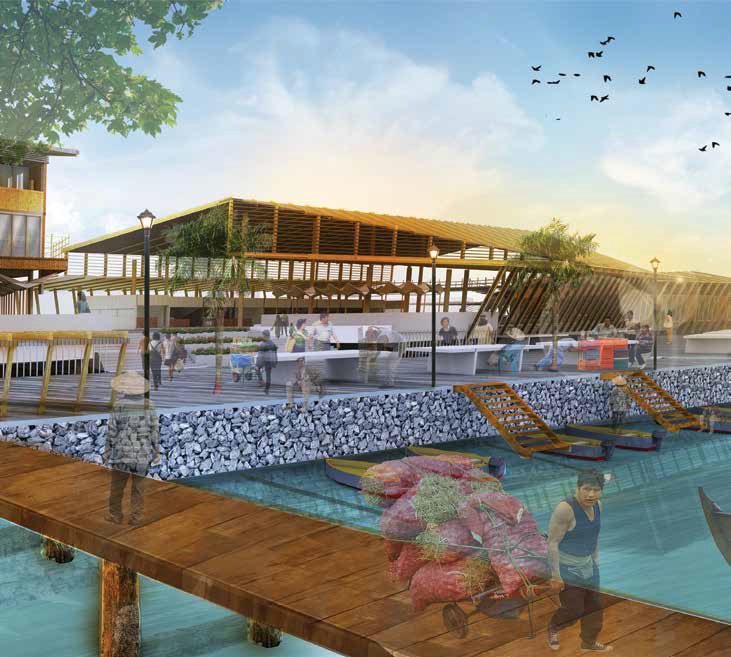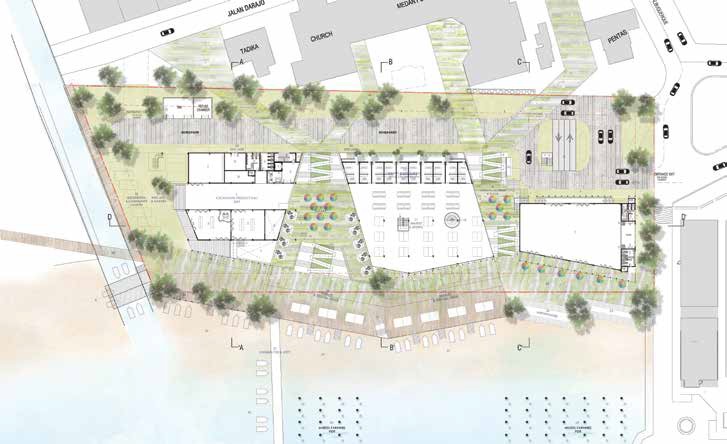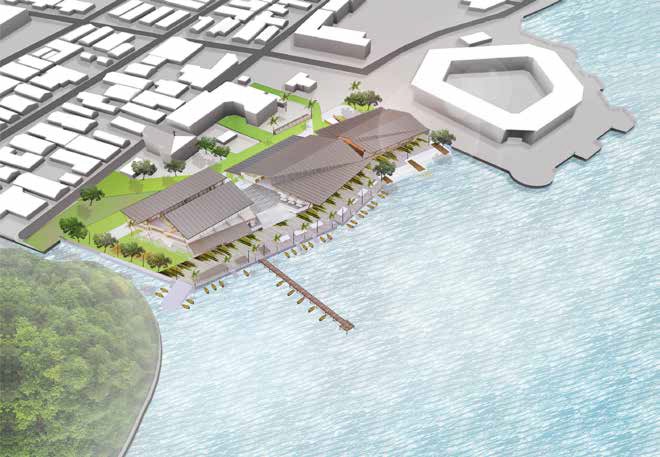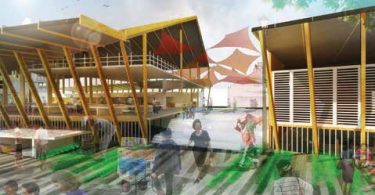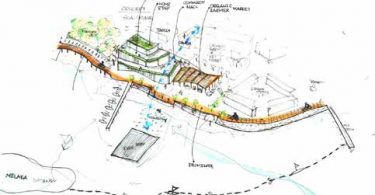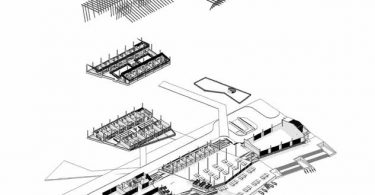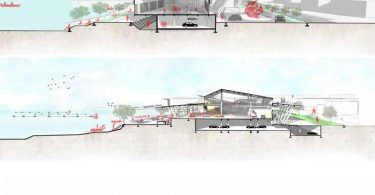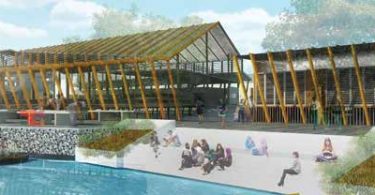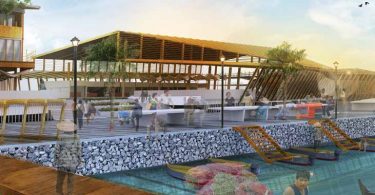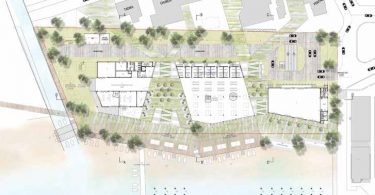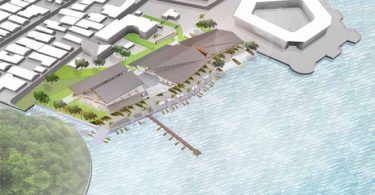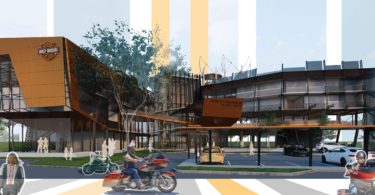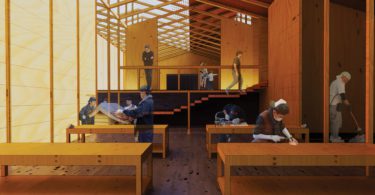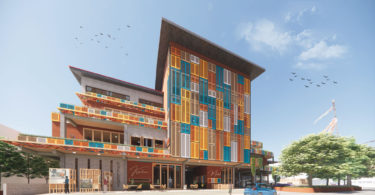The objective of this proposal is to establish and secure the identity of the Kristang community and culture in the Portuguese Settlement, Malacca. Situated along the southwest coastline, Malacca has a fishing community and seashore with the potential to become a place with a distinctive character.
This project was generated based on interviews and analysis of the community’s needs. There were three programmes that were proposed—livelihood, education and residential. The spatial arrangement was organised based on the existing neighbourhood zoning and design strategy. The fragmented spatial design of the settlement expresses a feeling of the segregation of the community due to the fading culture and diaspora.
As the Portuguese Settlement is a low-income neighbourhood, the project plays a vital role in helping with neighbourhood renewal. There are community centres for people of all ages to gather around to enrich their bodies and minds, as well as foster feelings of community and civic pride.
Although the site is owned by the Portuguese community of Malacca, people from different walks of life and cultural backgrounds in the adjacent urban communities can also enjoy a diverse palette of recreation and leisure activities—sports, fishing, walking, cycling, environmental education or simply enjoying a view of the landscape—in this development, as well as gain an understanding of Kristang’s culture.
LAYOUT
The community hall is situated at the entrance to create a symbolic landmark that represents the community. The market and restaurant will be located at the centre to accommodate visitors throughout the day. The anchor of this programme is livelihood, which will be placed at the centre with two access points at two sides, creating a radius effect that will attract the crowd to the site, while diverting people to the other programme. This arrangement illustrates the importance of livelihood and creates a didactic and exhibition space that showcases the community and their lifestyle. Together with the educational programmes, the community spaces are introduced to fill in the gaps and connect the people, building and nature together. The importance of this community space is to provide permeable access and openness that welcome visitors to this genius loci.
FORM AND FAÇADE
The interwoven form of this project aims to ‘stitch’ the culture together and demonstrates the will of bringing back a sense of community. It uses architecture as a means of narrative, while providing visitors with a chance to experience the distinctive culture of the Portuguese community and the natural environment.
The form and the façade of the design were inspired by the flow of the sea wave, where different layers are aligned and appear to be one. The layers then lower or rise gradually due to the spatial arrangement, resulting in a shift between them. Semi-open and open spaces are introduced to achieve a smooth transition between the internal and external spaces, which are mostly adjoined with landscapes to soften the edges.
The intervals between the community spaces will introduce voids to reduce the building mass, where a varied field of façade rhythms emerges and symbolises the unwrapping and unfolding of a treasured piece of community culture. This also acts as a punctured space that allows natural light to enter the building and provides a view of the sky and outdoors. They are also transitions between the spaces that offer visitors an understanding of the built culture and environment.
The spatial arrangement was inspired from the fragmentation of the community, as well as its fluctuated history and culture. It can be seen as a tree, where the community is the trunk and the roots are the culture. The branches of the tree trunk are programmes that are derived from the culture and community, whereas the community spaces act as leaves that add colour to the areas, with each branch revealing a different layer of activity.
The interweaving of community pocket spaces reveals the intricate relationship between the visual and physical connections and separation of the harbour front, individual programmes and neighbourhoods. The edges of the interior and exterior spaces are softened by the community spaces, which forms an interesting spatial pattern and attracts the visitors. This deliberate arrangement reinforces the clarity and coherence of the community spaces concept and allows for flexibility in the planning and operation of all spaces.
An undulating landscape deck is introduced underneath the elevated museum box to achieve a smooth transition between the museum and the adjoining landscape, which metaphorically symbolises a silk cloth unwrapping a piece of artwork. The community spaces can also function as a venue for the community to tackle social issues, such as incorporating the Klong Toey Community Lantern as part of a long-term strategy. This will establish a strong local connection in the community, contributing to social sustainability and leading to positive change.
MATERIALS
Glulam timber and stainless steel metal roofing were chosen as materials due to the site’s seafront location. The design emphasises on sustainable passive design, hence energy consumption is relatively low compared to other buildings.
PROJECT DATA
Student Name: Teow Ker Loo
School: Taylor’s University
Programme: Master of Architecture
Instructors: Dr Nikhil Joshi; Ar Edward Chew
Project Name: Portuguese Settlement Community Centre
Location: Portuguese Settlement, Malacca, Malaysia
Status: Proposal
Site Area: 2.8 acres
Gross Floor Area: 13,790.6 square metres
Building Height: 15 metres (three storeys)
Client/Owner: Portuguese community
Images/Photos: Teow Ker Loo



